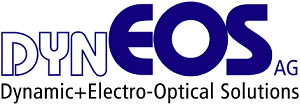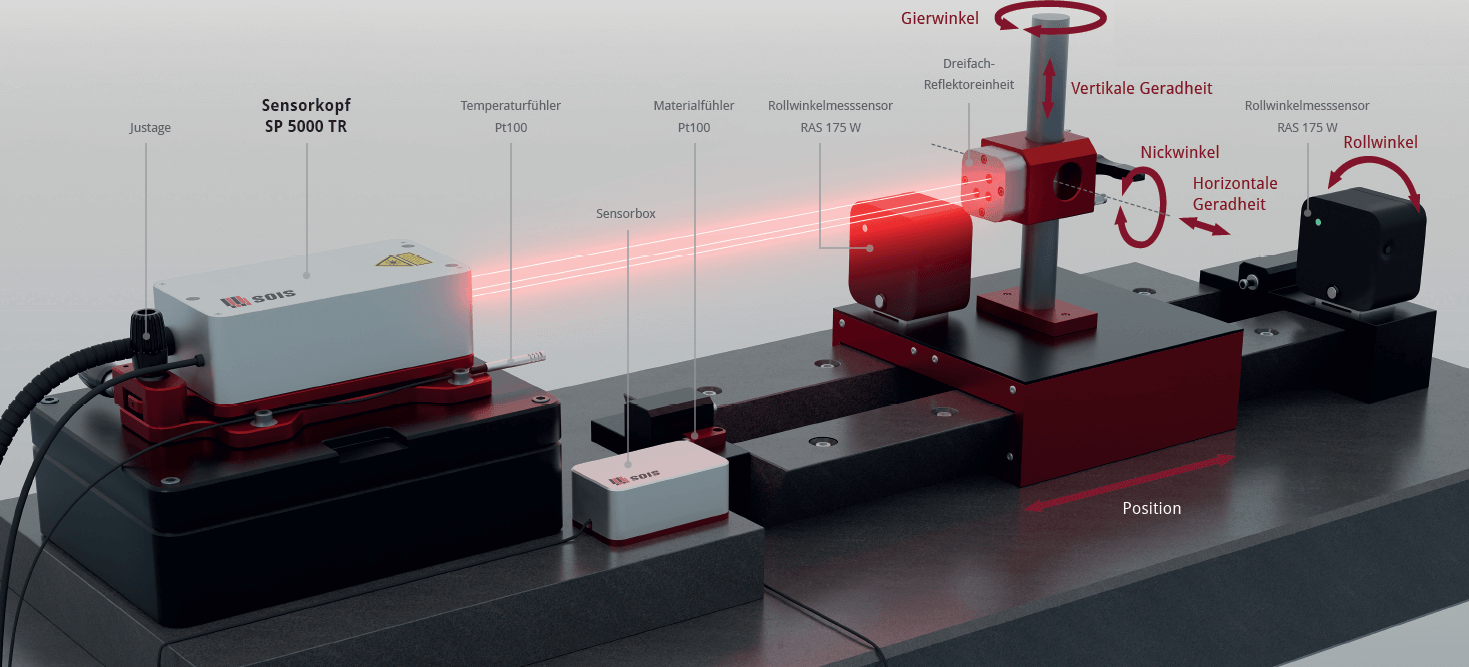Precision is a decisive factor in modern industry and research.
In many high-tech industries such as mechanical engineering, semiconductor and optics, the requirements for measurement uncertainty and process control are becoming increasingly demanding.
Progressive miniaturization and the need to manufacture components of to manufacture components of all sizes with the highest precision require state-of-the-art measurement technology.
Many conventional measuring systems cannot keep pace with these keep pace with these developments.
Typical challenges of precise length and angle measurements
Loss of time due to delayed measurements
Length and angle measurements are often carried out separately, which is not only time-consuming, but also leads to unknown deviations in the overall result under changing ambient conditions.
Thermal influences on measurements
Static and slow measurement recordings thermal changes in the measurement measurement setup lead to drifts and poor measurement data quality.
Lack of space in production environments
Complex measurement technology often requires a lot of space and difficult to integrate into existing processes. integrated into existing processes.
Limited resolution
Many systems do not achieve the required precision, to reliably detect even the smallest deviations. even the smallest deviations.
Thermal influences in the laser interferometric length and angle measurement
In industrial and scientific applications measuring equipment rarely consists of a single single material.
Granite, stainless steel, titanium, invar, aluminum, ceramics and glass are the materials that are very often used in various combinations and compositions in a measuring setup. These have different coefficients of linear expansion and thermal conductivities. They react with different time constants to temperature changes.
However, users often only know the general measuring room class or the average temperature constancy over 24 hours. Short-term temperature fluctuations or the day-night behavior of a measuring room are often not taken into account, which unexpected measurement deviations.
If length and angle measurements are taken at different carried out at different times, temperature temperature changes can distort the results considerably. falsify the results. A reliable analysis of all measurement data is made more difficult.
Conclusion: Fast and simultaneous acquisition of several degrees of freedom enables a coherent analysis of measurement deviations. analysis of measurement deviations. This allows the influences of temperature fluctuations on various measured variables can be reduced, as these are measured simultaneously.
Solution from SIOS
The SP 5000 TR three-beam interferometer was developed to record length, pitch and yaw angle measurements simultaneously, well correlated and consistently.
The high level of data synchronization enables dynamic measurements that minimize drift effects and accelerate measurement processes. In addition, the external triggering allows the measured values to be recorded “on the fly” at object speeds of up to 3 m/s.
As space is often a limiting resource in measuring environments, the SP 5000 TR has been designed to be particularly compact. The fiber optic coupling of the laser interferometer ensures maximum precision in a space-saving design.
If measured values are to be offset against each other, the achievable resolution plays a decisive role.
For example, a length measurement with a target measurement uncertainty of 10 nm and an Abbe offset of 100 mm requires an angular resolution of at least 0.1 μrad.
The SP 5000 TR meets these requirements and enables high-precision measurements in various application areas.


